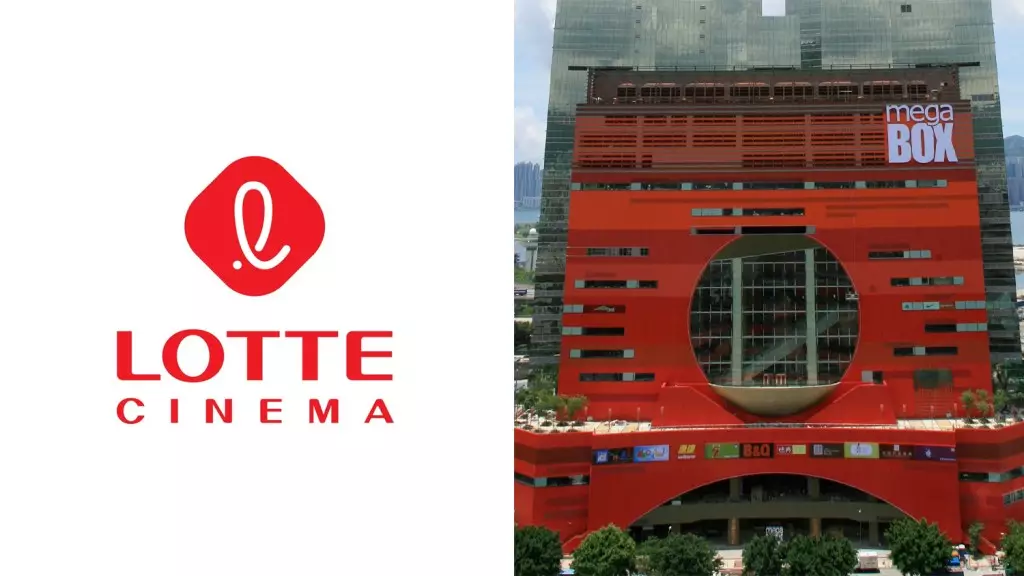The recent announcement of the merger between Lotte Cinema and Megabox is generating palpable excitement across South Korea’s entertainment industry. Signed under the banner of Lotte Cultureworks and Megabox Joongang, this alliance aims to reshape the cinema landscape during a critical juncture in its evolution. South Korea’s box office has witnessed a post-pandemic dip, with audience returns failing to recover to pre-COVID levels. By combining forces, Lotte and Megabox are not only seeking to streamline operations but also injecting newfound vigor into a struggling sector. The need for this merger is underscored by shifting consumer preferences, requiring a more nimble and responsive exhibitor in today’s content-driven market.
Synergy or Monopoly? The Fine Line Ahead
At first glance, the merger appears to offer a fertile ground for synergy, promising improved customer service and optimized financial strategies. However, there is a deeper concern—could this new alliance morph into a market monopoly that ultimately stifles competition? The statement issued by Lotte about integrating operational know-how offers optimism, but as one examines the potential implications, it becomes clear that creating a “jointly-managed entity” might also limit consumer choices. With CGV still leading the pack in screen numbers, the newly combined Lotte and Megabox must tread carefully to not alienate their audiences in pursuit of efficiency and profit.
Navigating the Post-Pandemic Recovery
The pandemic shattered numerous industries, and entertainment was no exception. With box office revenues plummeting and movie attendance dwindling, this merger presents a chance for rejuvenation. Lotte and Megabox’s blueprint highlights the need for innovative theater experiences to draw audiences back. From introducing specialized theatrical formats to revamping customer service, the merged company has the opportunity to redefine what the cinema experience entails. The integration of advanced technologies or unique thematic screenings could be essential tools in rekindling enthusiasm in a tired consumer base.
Investment and Future Plans
Beyond efficiency, the merger aims to attract fresh investments to fortify its financial standing. This is not merely about consolidation; it’s about expansion and, ultimately, survival. As the global competition in the film industry intensifies with the rise of streaming services, Lotte and Megabox find themselves at a crossroad: innovate or succumb to obsolescence. Their commitment to enhancing the moviegoing experience—for example, through special theaters to compete with OTT offerings—could set new standards if executed correctly. This approach not only addresses existing challenges but also meets shifting consumer demands.
Breaking Away from Stagnation
The potential merger represents a critical shift in thinking within the South Korean cinema community. It encourages the industry to pivot towards innovative solutions rather than dwell on past grievances. However, the merger also heightens the stakes; failure to meet the expectations set forth in their ambitious statements may lead to disillusionment among their audience. The entertainment landscape requires resilience, adaptability, and, most importantly, an unwavering commitment to customer satisfaction.
As Lotte and Megabox embark on this journey, they must remember that while consolidating for strength may be a sound strategy, the essence of great cinema lies in the experiences that resonate with audiences. The future of South Korea’s cinema is at a crossroads; curiosity and skepticism dance hand-in-hand as we watch how this bold move unfolds.

